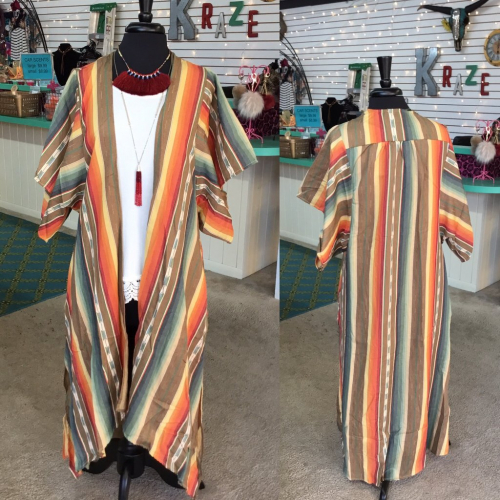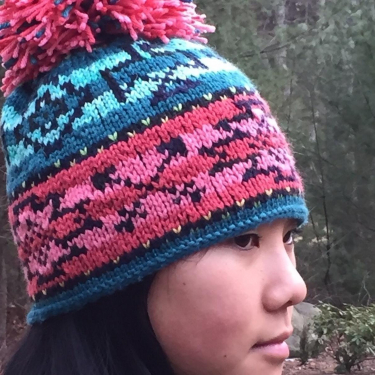Aztec New Year And The Textiles Of Nahua
The Aztec Empire was one of the most brutal states in indigenous America. However, whether you were the conqueror or the conquered, textiles was an art that was revered. It is the diverse group of the Nahua, with many different tribes such as the Mexica, who founded and conquered the lands that became the Aztec Empire, and their woven fabrics and cloth are still important to the people today.
Today marks the Aztec new year, a day of celebration that continues in various parts of Mexico. Ceremonial songs and dances to the beat of a drum are common, with an offerings of seeds to welcome the Spring. The dances are fascinating, and furtherly enhanced by the vividly colourful costumes, topped with quetzal feather headdresses.
The Nahua people are renowned for these huge celebrations and the solemnity of their impressive art. Indeed, the importance of colour within their textiles has inspired people worldwide, particularly with their tie-dye technique which influenced pop-culture in the 70s. After being dyed, the textiles were often finely embroidered with various designs.

Aztec-inspired serapes
Traditional Nahuan textiles were made from plant-based fibres, typically yucca, palm and maguey. These would be spun into threads using a Mesoamerican spindle, before being woven by a backstrap loom. Artisan weavers in Chiapas and Oaxaca are specialists with this form of loom, a skill that has been passed down from mother to daughter for generations.
The importance of textiles in the Nahuan community would have been noticeable from the first steps into ancient Aztec cities such as Tenochtitlán. Rugs, blankets, and wall-hangings decorated the walls of homes and palaces alike. The common people wore woven tunics called a huipil or poncho-styled blankets called serapes, while nobility typically wore nacazminqui fabrics to signal their wealth and status.
Today, textiles remains an important part of Nahuan culture. The Tehuacán Valley, home to ma
ny of the Nahuan people, is home to thriving businesses making blouses and dresses. The success of the textile industry can be felt nationwide, with textile manufacturing making up 1.3% of Mexico’s GDP.

Aztec pattern hat by Lisa McFetridge
The influence of the Aztec Empire on fashion has been worldwide. Its huge cultural influence has provided tribal patterns of Mesoamerican origin on clothing, cushions and other textile products. These patterns would have typically been embroidered onto the woven fabric but these days can be seen knitted and crocheted.
Perhaps the best way for knitters to celebrate Aztec new year will be to knit their favourite Aztec pattern!
